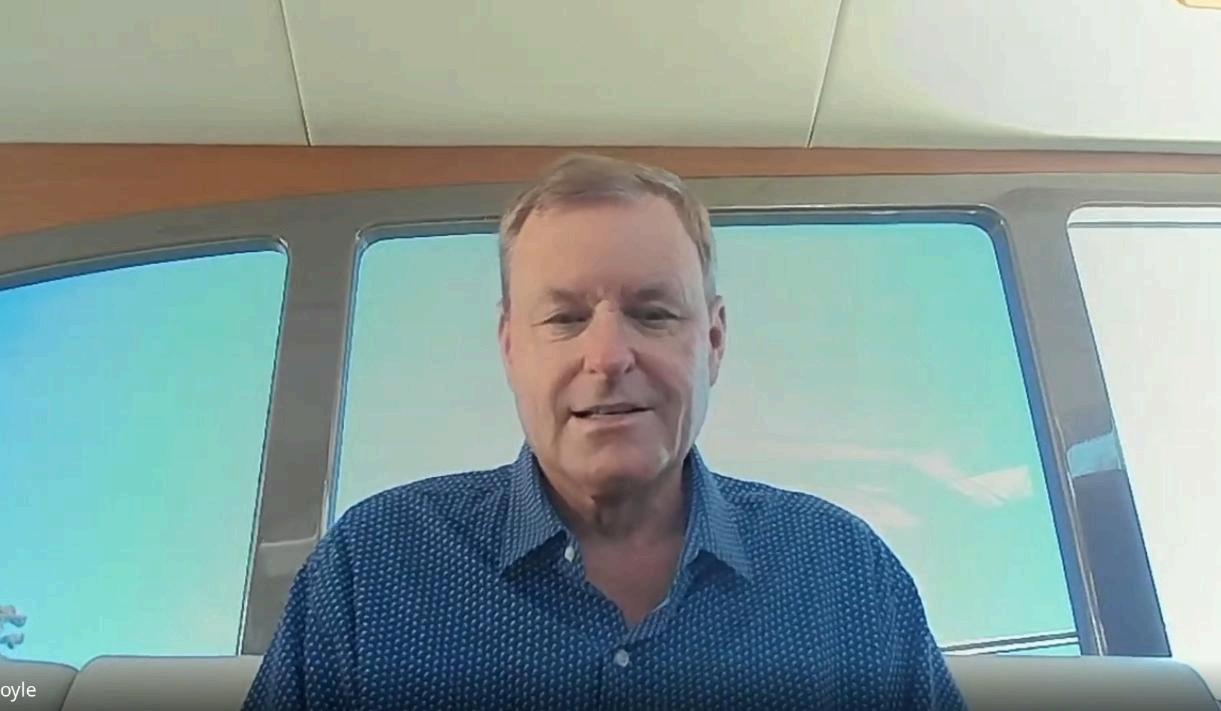From Vision to Velocity: Leadership Strategies for Sustainable Business Scaling

Devin Doyle believes that scaling a business successfully requires more than ambition; it demands thoughtful, strategic leadership that balances growth with sustainability. As companies evolve from startups into larger operations, leaders play a crucial role in navigating complexity, preserving culture, and aligning people and systems with expanding objectives. Without steady and intentional guidance, growth can outpace capacity, dilute vision, and compromise long-term performance The ability to scale with stability hinges on a leader’s foresight, adaptability, and commitment to core values.
Strategic leadership in scaling starts with defining a clear and realistic growth vision It’s not just about setting aggressive revenue targets; it involves mapping out the direction of expansion, identifying markets to enter, determining how to scale teams, and planning infrastructure to support it all. Leaders who craft this vision with precision provide a unifying direction that
empowers teams to move forward with confidence They also leave room for recalibration when external conditions shift or internal feedback signals the need for course correction.
One of the key differentiators in scaling businesses is the capacity to build adaptable structures. As organizations grow, so do their operational demands and logistical challenges. Strategic leaders anticipate these changes by developing scalable processes early, implementing innovative technologies, and allocating resources based on future capacity rather than just current needs This approach allows the company to absorb growth without becoming inefficient or overburdened

Leadership during scaling also requires a strong emphasis on communication Clear, consistent messaging ensures that everyone from frontline employees to department heads understands the goals, expectations, and rationale behind each strategic move Moreover, communication should be two-way. Listening to concerns, ideas, and frontline observations provides leaders with invaluable insights that help them avoid pitfalls and uncover opportunities that might otherwise be overlooked

Trust becomes even more critical as layers of hierarchy increase. Leaders who trust their teams to make decisions and take ownership of outcomes cultivate a culture of accountability and innovation Micromanagement stifles agility, while empowerment fuels it This kind of leadership
also attracts and retains high-performing employees, who thrive in environments where initiative and problem-solving are recognized and rewarded.
Preserving company culture while scaling is one of the most overlooked yet vital aspects of leadership. Culture forms the emotional foundation of an organization and guides behavior, even when the leader is not present During rapid growth, maintaining that culture means hiring people who align with company values, reinforcing those values in daily operations, and recognizing behaviors that exemplify them When culture is consistent, employees feel a sense of belonging and purpose, both of which are essential for navigating change

Strategic leaders also excel at aligning execution with long-term vision They establish clear metrics to monitor progress, identify gaps, and refine strategies. These may include customer satisfaction scores, employee retention rates, operational efficiencies, or innovation benchmarks, in addition to bottom-line revenue. By measuring what matters, leaders can scale without compromising quality, service, or morale.

Another hallmark of effective leadership in scaling businesses is resilience Challenges will inevitably arise, whether in the form of supply chain disruptions, talent shortages, regulatory
hurdles, or economic downturns Leaders who approach these obstacles with calm, resolve, and a problem-solving mindset inspire teams to do the same. Resilient leadership ensures that the organization remains focused and cohesive, even in the face of pressure
Ethical and responsible decision-making must also remain a central focus. As companies expand, the stakes increase, more customers are served, more employees are hired, and greater public scrutiny is applied. Leaders must continue to act with integrity, uphold standards, and consider the broader impact of their decisions on communities and the environment Sustainable growth is not just financial, it’s reputational and relational

Scaling a business is a complex journey that demands thoughtful leadership at every turn The most successful leaders are those who move from vision to velocity, laying strong foundations, empowering their people, maintaining culture, and adapting as they grow By leading with strategy, empathy, and clarity, they ensure that business expansion is not only fast but built to last.
